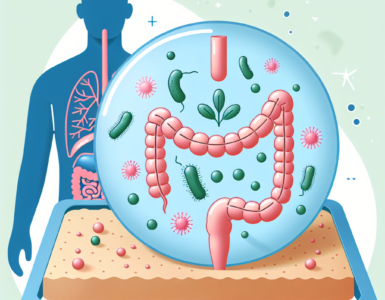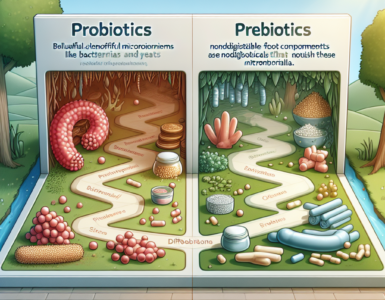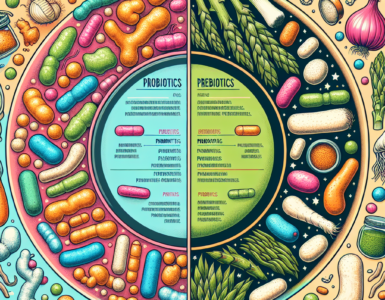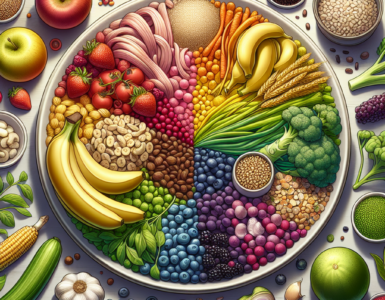What is Fiber? Did you know there’s more than one type of dietary fiber? Eating a wide range of plant foods will help you meet all your needs but let’s talk about fiber in detail so that you can really understand the benefits of each type of fiber.
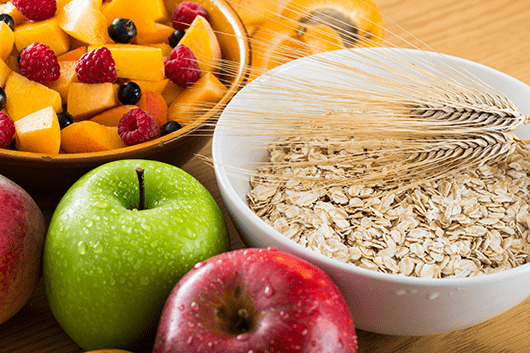
I don’t need to tell you that fiber is important in your diet – you already know that. And, you probably also know that most people don’t eat as much fiber as they should. But what you may not know is that in addition to eating enough fiber, you also need to eat enough of the different types of fiber. That’s because not all fibers function exactly the same way – different types of fibers have different effects on the body. So, just as you should aim to eat a wide range of foods in order to get a wide array of nutrients, a varied diet helps to provide you with enough of the different types of fibers, too.
What is Fiber, and How Much do You Need?
Simply put, fiber is the structural component of plant foods, so it’s found in vegetables, whole fruits, beans and grains (like corn or brown rice) – there’s no fiber in meats, fish or poultry.
The average American falls far short of meeting the fiber recommendation of 25-30 grams a day. In fact, most of us only eat about 10 grams a day, which means we may be missing out on the health benefits of dietary fiber. Fiber, of course, helps move the digestive process along, but high fiber foods also provide the sensation of fullness, so they help with hunger control. And, certain fibers also support the growth of friendly bacteria in your digestive tract.
If you don’t eat as much fiber as you should, it’s best to gradually increase the amount you eat gradually over a few weeks. Adding too much fiber to the diet in a short period of time might lead to abdominal discomfort and gas, so take it slowly to allow your system time to adjust. Also, drink plenty of liquid to allow the fiber to soften and swell.
Different Types of Fiber: What Are They and What Do They Do?
There are two broad classes of dietary fiber -– soluble fibers and insoluble fibers.
Soluble fibers are found in the highest concentration in apples, oranges, carrots, potatoes, oats, barley and beans. As the name suggests, soluble fibers are just that – they dissolve in water. And when these fibers dissolve, they thicken up. If you’ve ever cooked oatmeal at home, you probably noticed that as it cooks, it gets thick and gluey. That’s because the soluble fiber in the oats is dissolving in the liquid, which makes your oatmeal thick and a little bit sticky.
When these fibers come in contact with the liquid in your stomach, they swell up and thicken, too, which is why they help keep you full. Soluble fiber also slows the absorption of glucose (sugar) from the blood stream and so it can help to keep blood sugar levels more even throughout the day. Soluble fiber is also the type of fiber that the healthy bacteria in your lower digestive tract like to feed on, which encourages these friendly bacteria to multiply.
Insoluble fibers also support the health of your digestive system, but in a different way. Insoluble fibers don’t dissolve in water – instead, they simply absorb water in the lower tract, which makes the fiber more bulky. This type of fiber, found in the highest concentrations in vegetables, wheat bran, corn bran, rice bran and most other whole grains, speeds the passage of waste through your digestive system, so it helps to keep you regular.
There’s one other interesting type of fiber, called ‘resistant starch’. When you eat fruits, vegetables, grains and beans, they contain different types of carbohydrates – sugars, starches and fiber. Usually, the starches are broken down into individual sugars during the digestive process – but some simply defy digestion. Beans, bananas and oats are the major sources of these ‘resistant starches’ that deliver some of properties of both soluble and insoluble fibers. Since resistant starch doesn’t break down (and stays more or less intact as it travels through the digestive tract) it traps water, adds bulk and helps with regularity – much like insoluble fiber. But, resistant starch acts like a soluble fiber, too – it offers up a feast to the healthy bacteria that live in your lower intestine, and it may also help blunt rapid rises in blood sugar, much like water-soluble fibers do.
How Can You Tell if a Fiber is Soluble or Insoluble?
Maybe you’ve never thought about it, but it’s actually fairly easy to tell the two fibers apart. When you make barley soup or boil potatoes, you can easily see how the liquid thickens up – that’s because barley and potatoes are high in soluble fiber. On the other hand, when you cook brown rice – a whole grain that’s rich in insoluble fiber – it doesn’t get sticky because the fiber doesn’t dissolve. Instead, it simply absorbs water as it cooks, causing the grains to swell up.
Another easy way to see the difference is to open up a can of beans (rich in soluble fiber) and then open up a can of corn – a grain that contains mostly insoluble fiber. Both the beans and the corn are water-packed, but if you take a close look at the liquids in the can, they look very different from one another. Since the corn fiber is insoluble, the liquid that it’s packed in looks watery, rather than sticky or gluey. But the liquid in the can of beans is much thicker, because the water-soluble fiber in the beans has thickened up the water that the beans are packed in.
Tips for Increasing Fiber Intake
• Eat whole fruits with skin more often than fruit juices
• Use whole fruit as a dessert
• Eat a variety of whole vegetables – cooked and raw – and eat them freely
• Use 100% whole grain breads, waffles, cereals, rolls, English muffins and crackers instead of those made with refined white flour
• Use corn tortillas rather than flour
• Use brown rice, wild rice, millet, barley, and cracked wheat as alternatives to white rice
• Add beans to main dish soups, stews, chili or salads0
• If you have trouble meeting your fiber intake, you can use fiber supplements. But remember that fiber supplements don’t replace the healthy fruits, vegetables and whole grains that you should be consuming.
Susan Bowerman, M.S., R.D., C.S.S.D., F.A.N.D. – Director, Worldwide Nutrition Trainingat Herbalife. Susan is a Registered Dietitian and a Board-Certified Specialist in Sports Dietetics.


